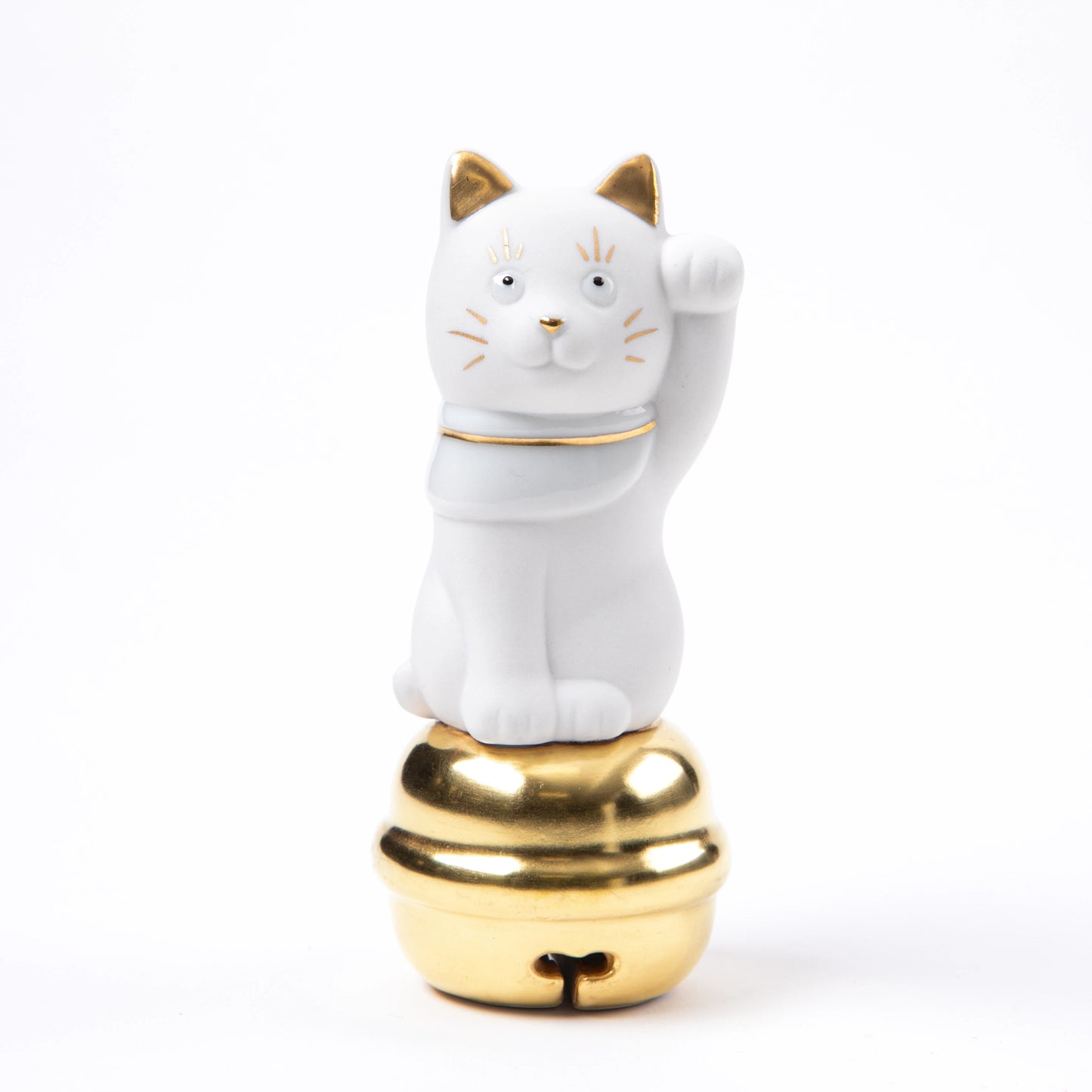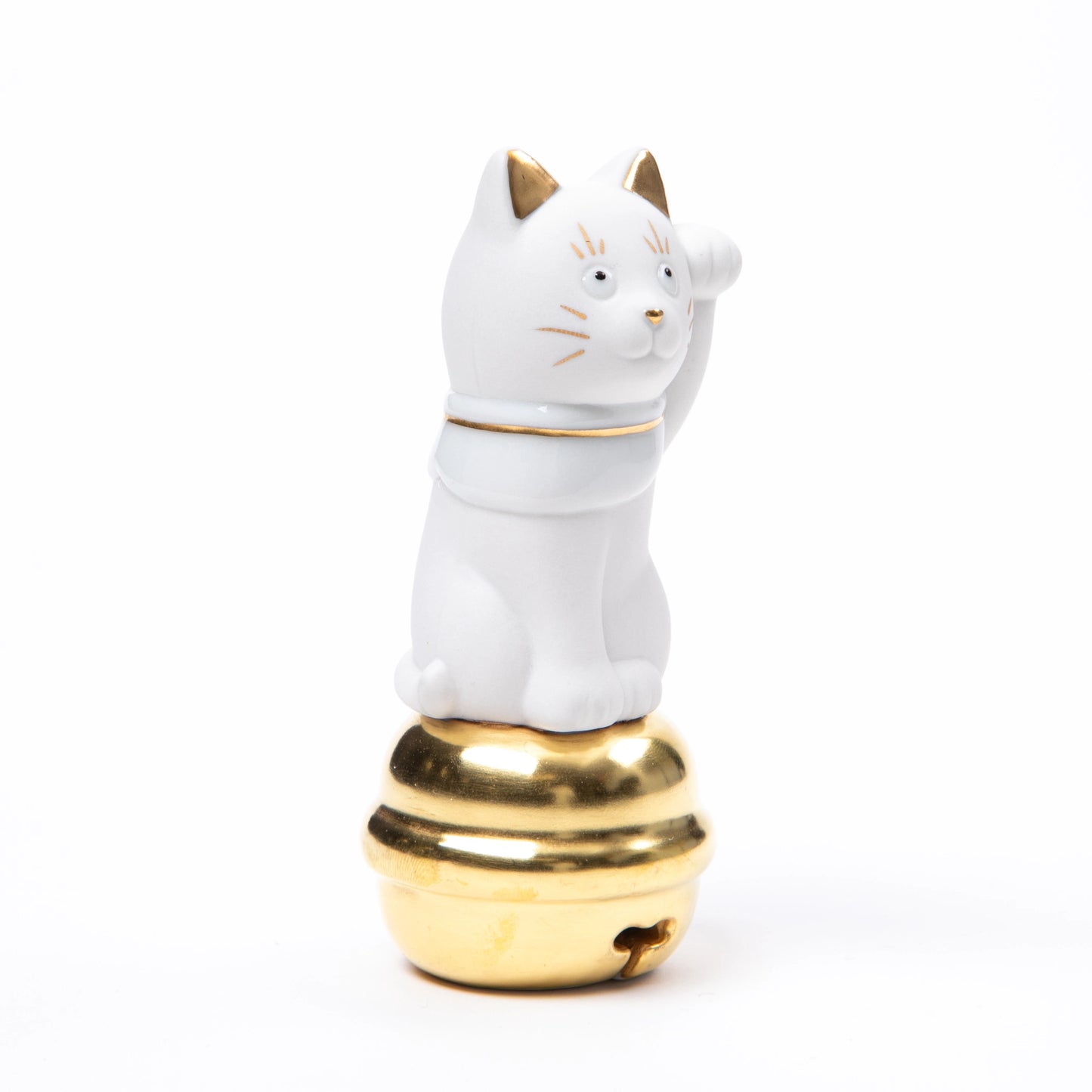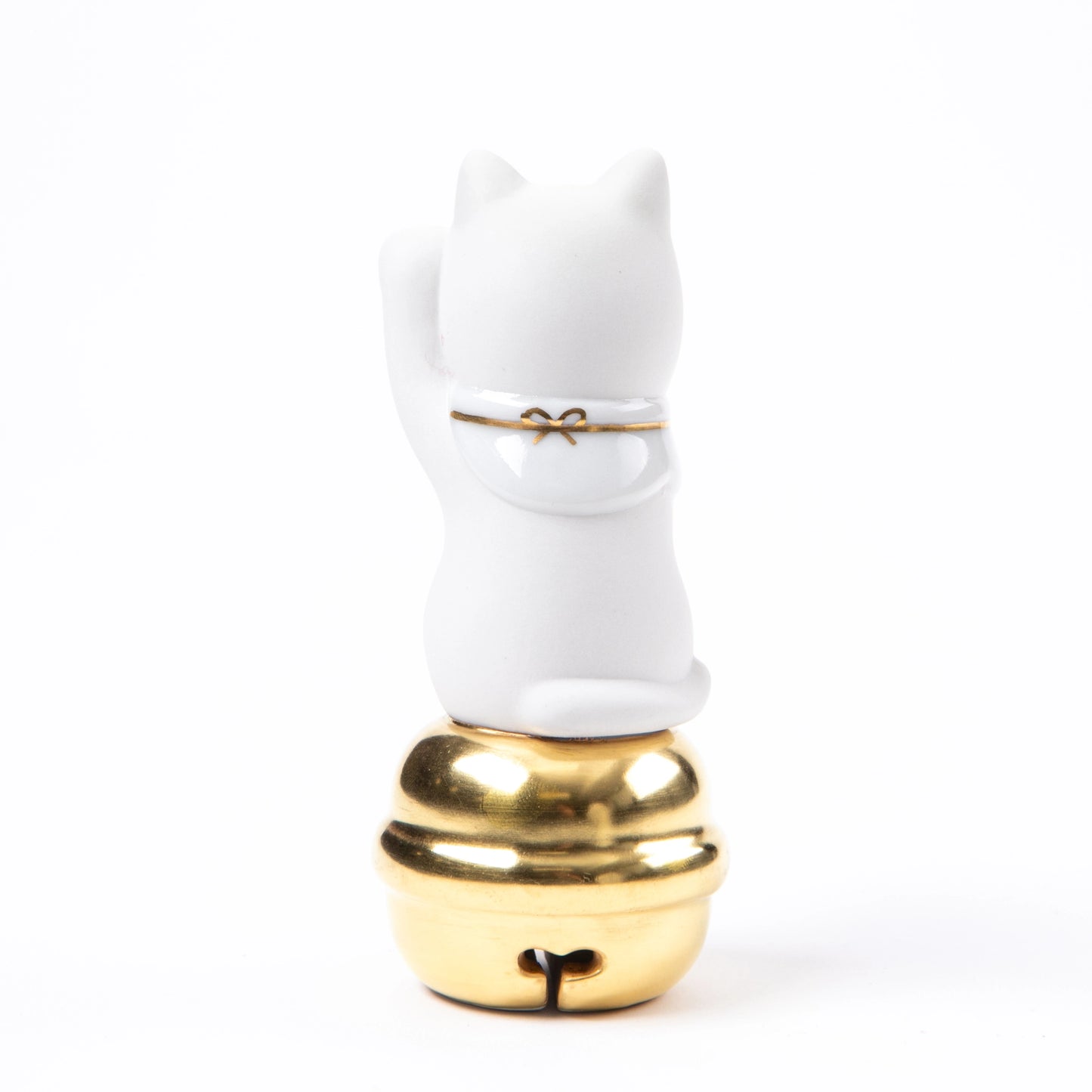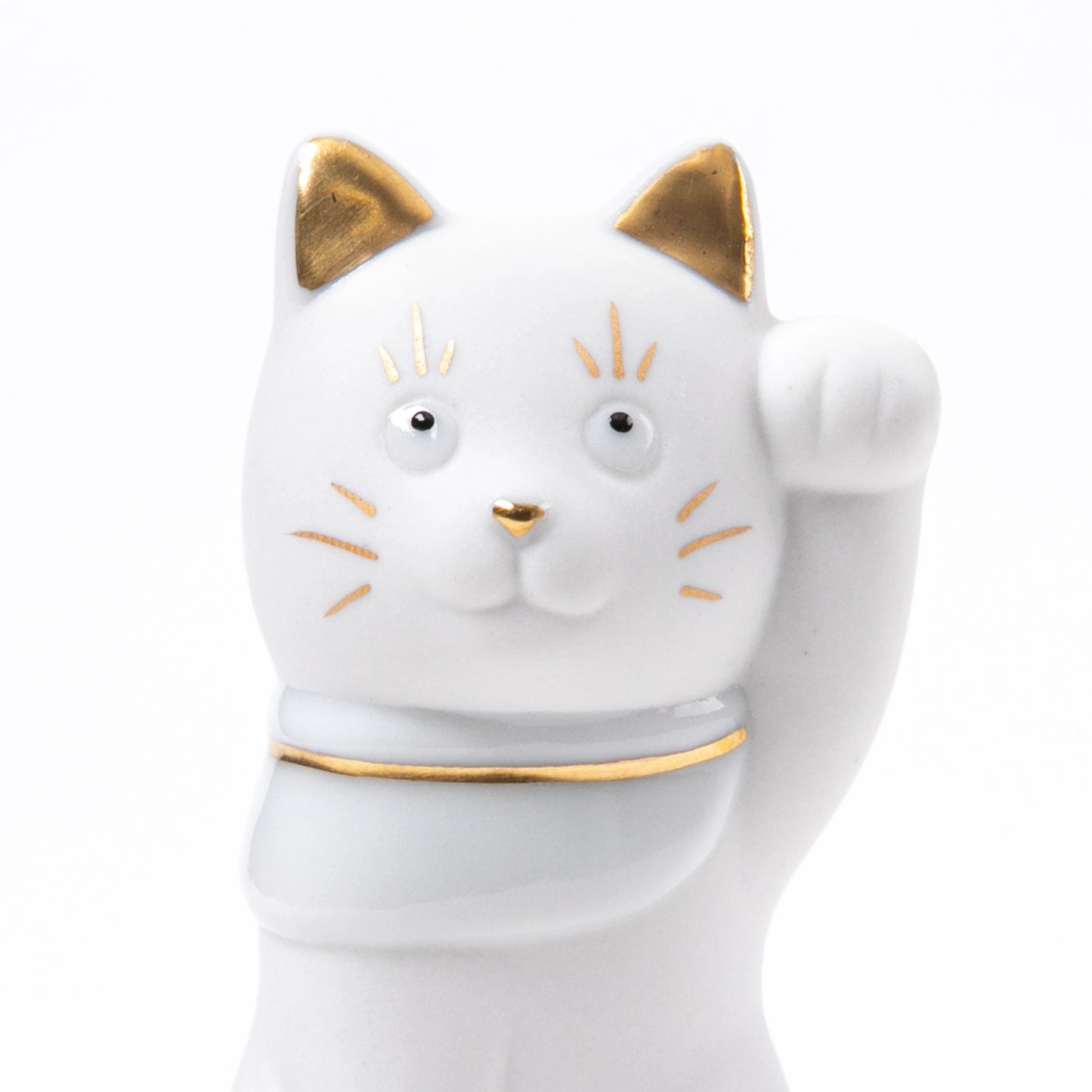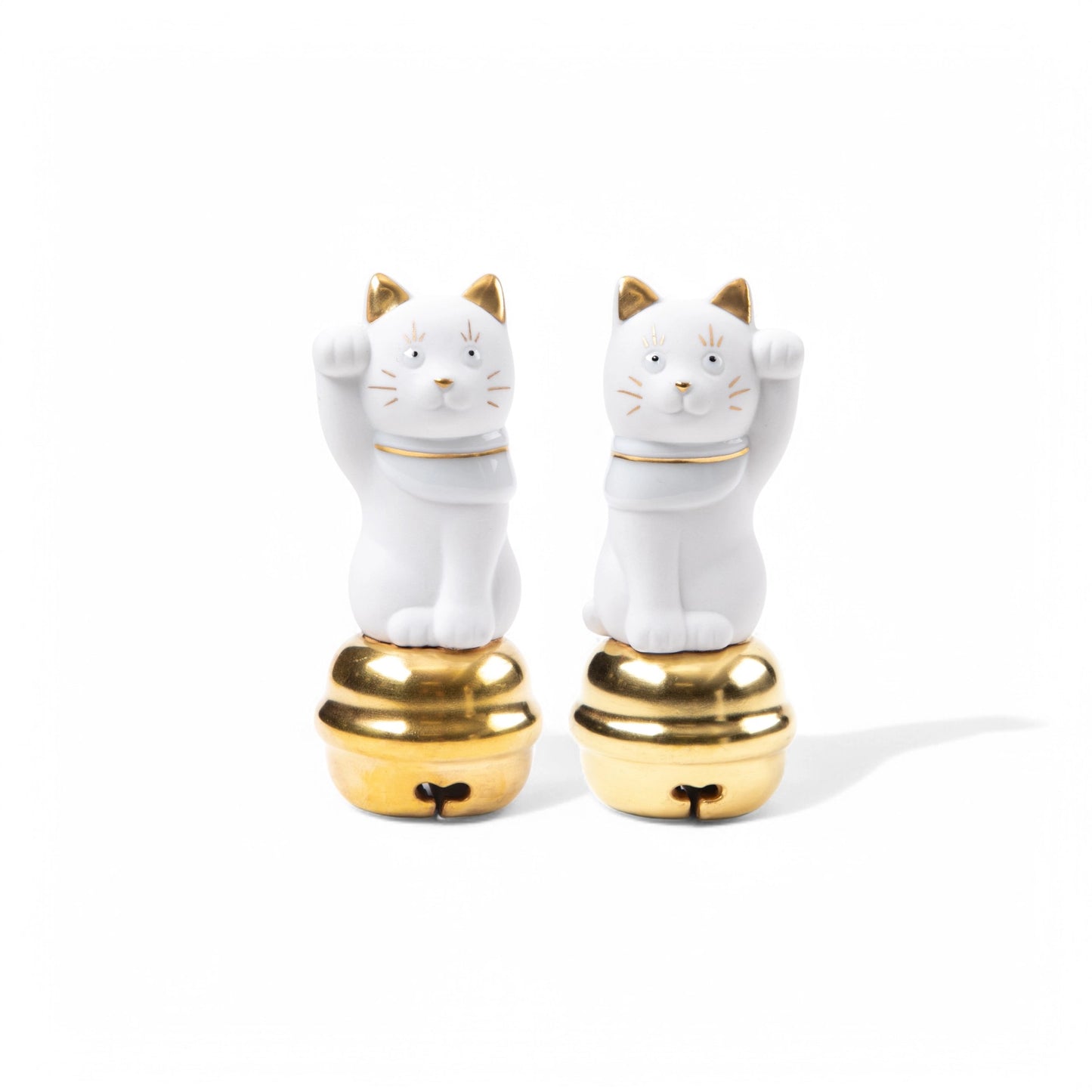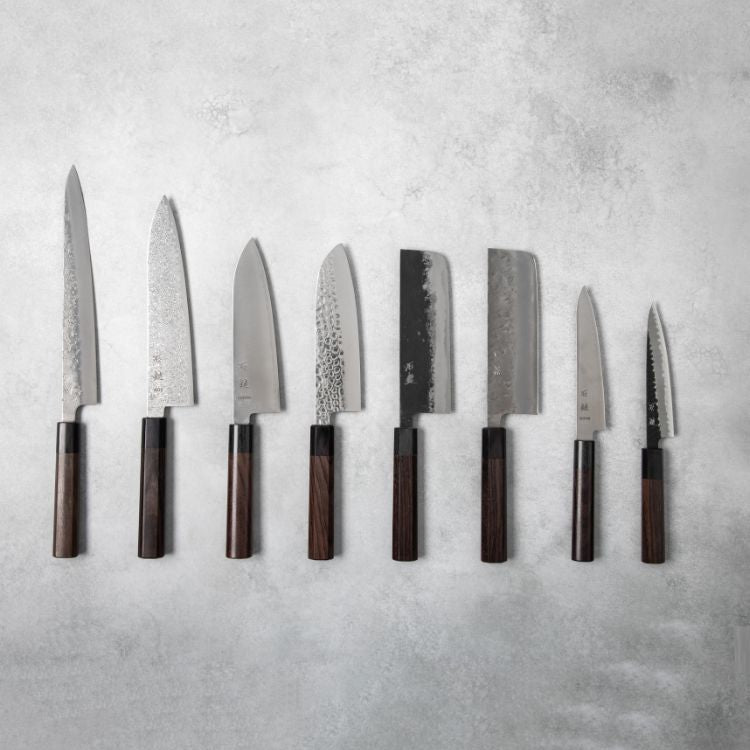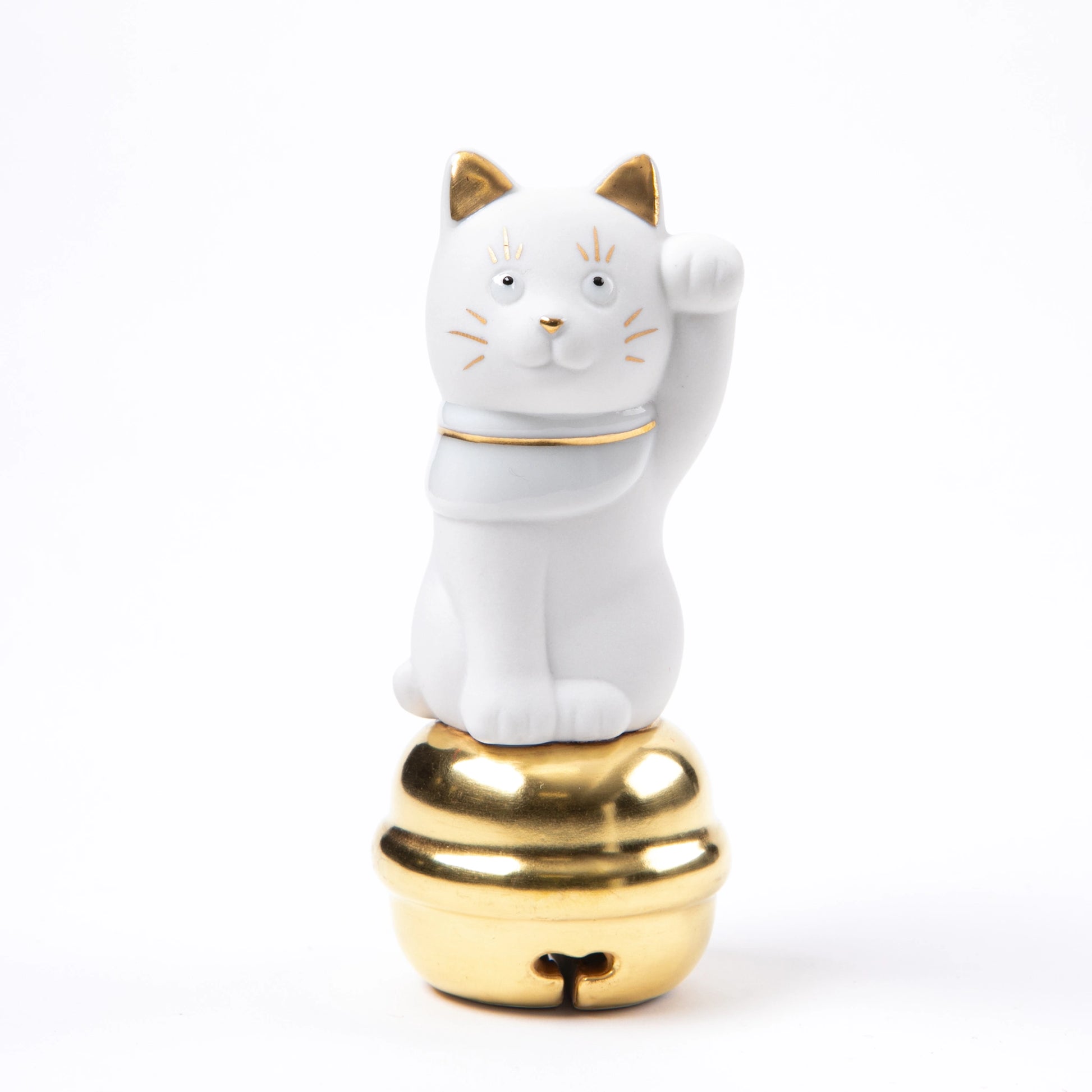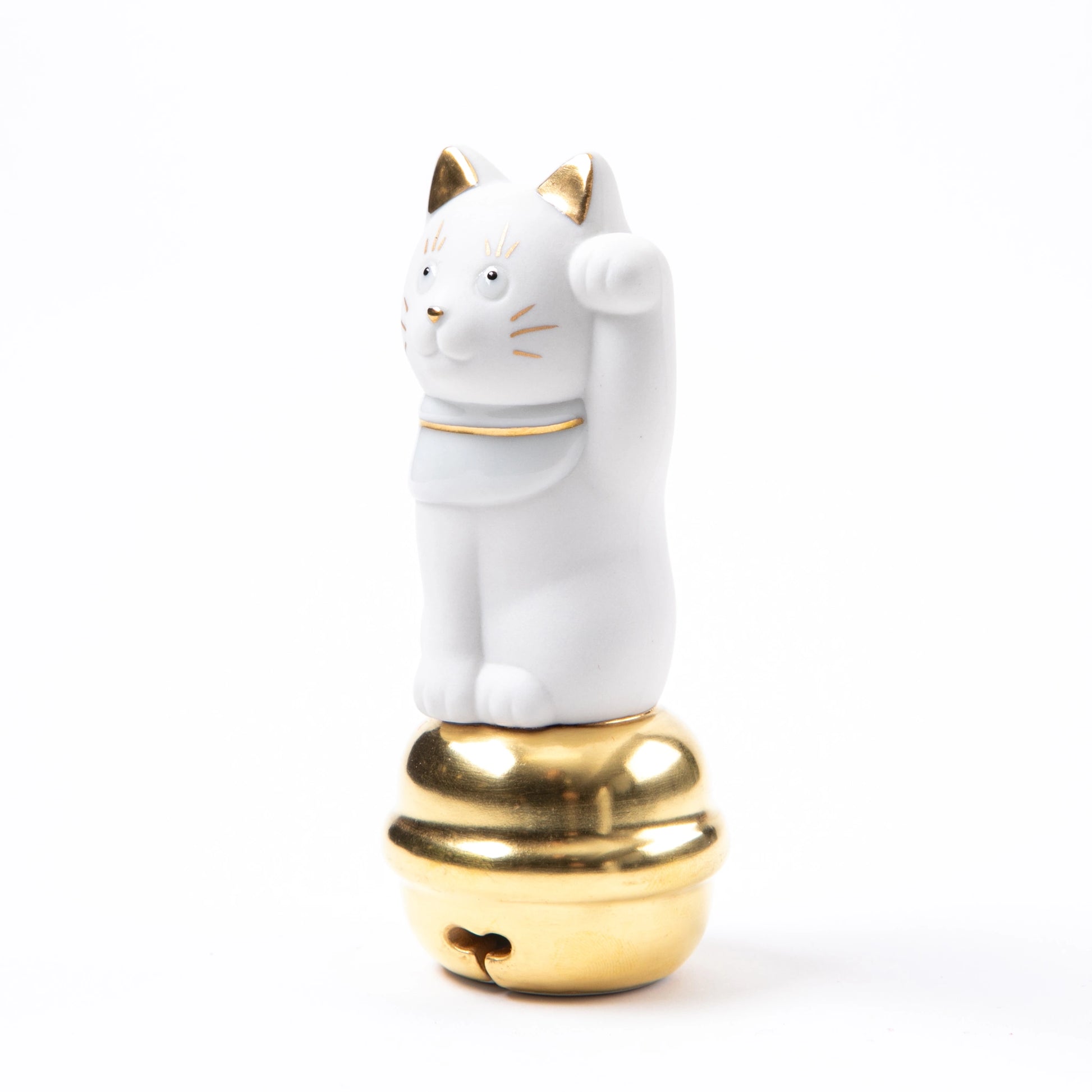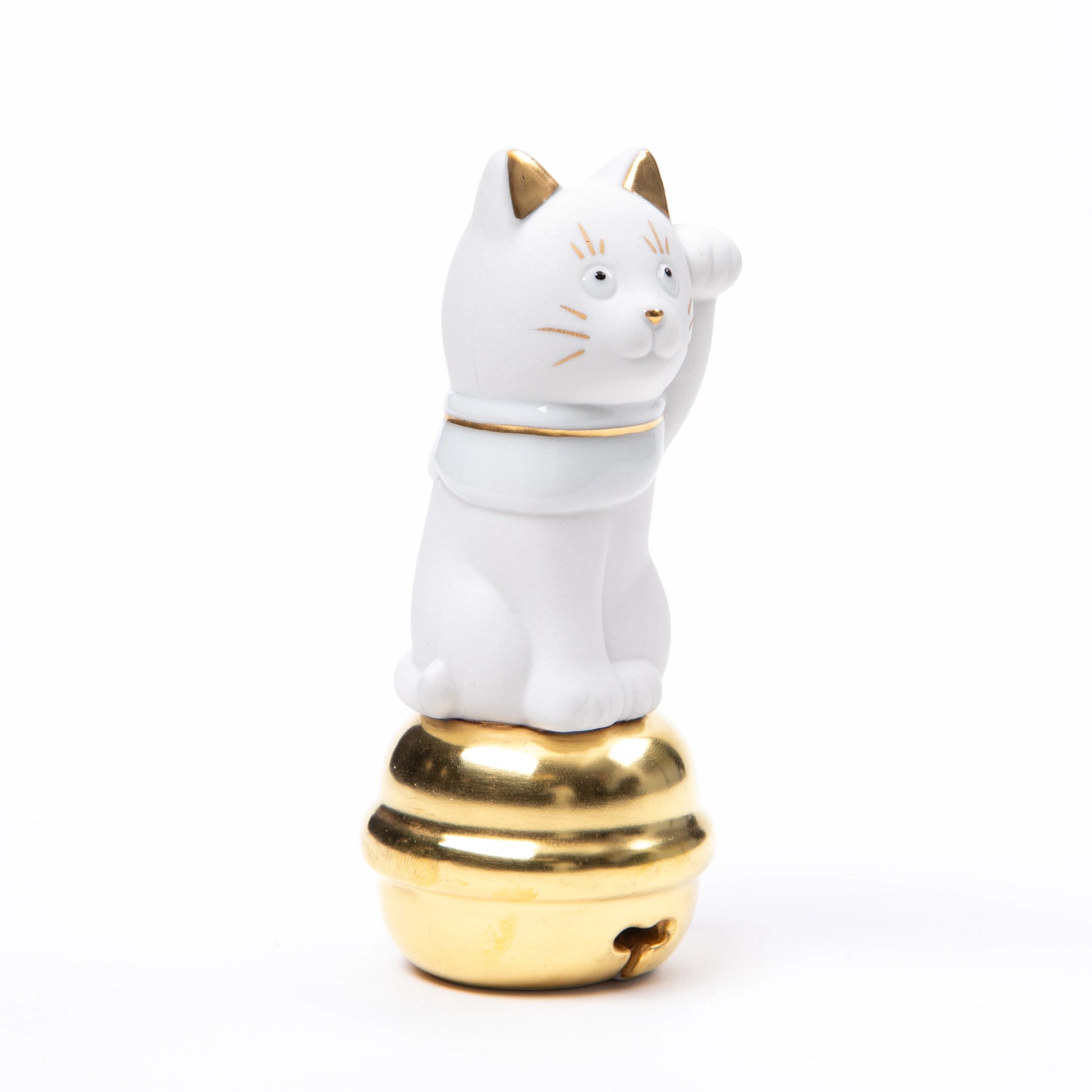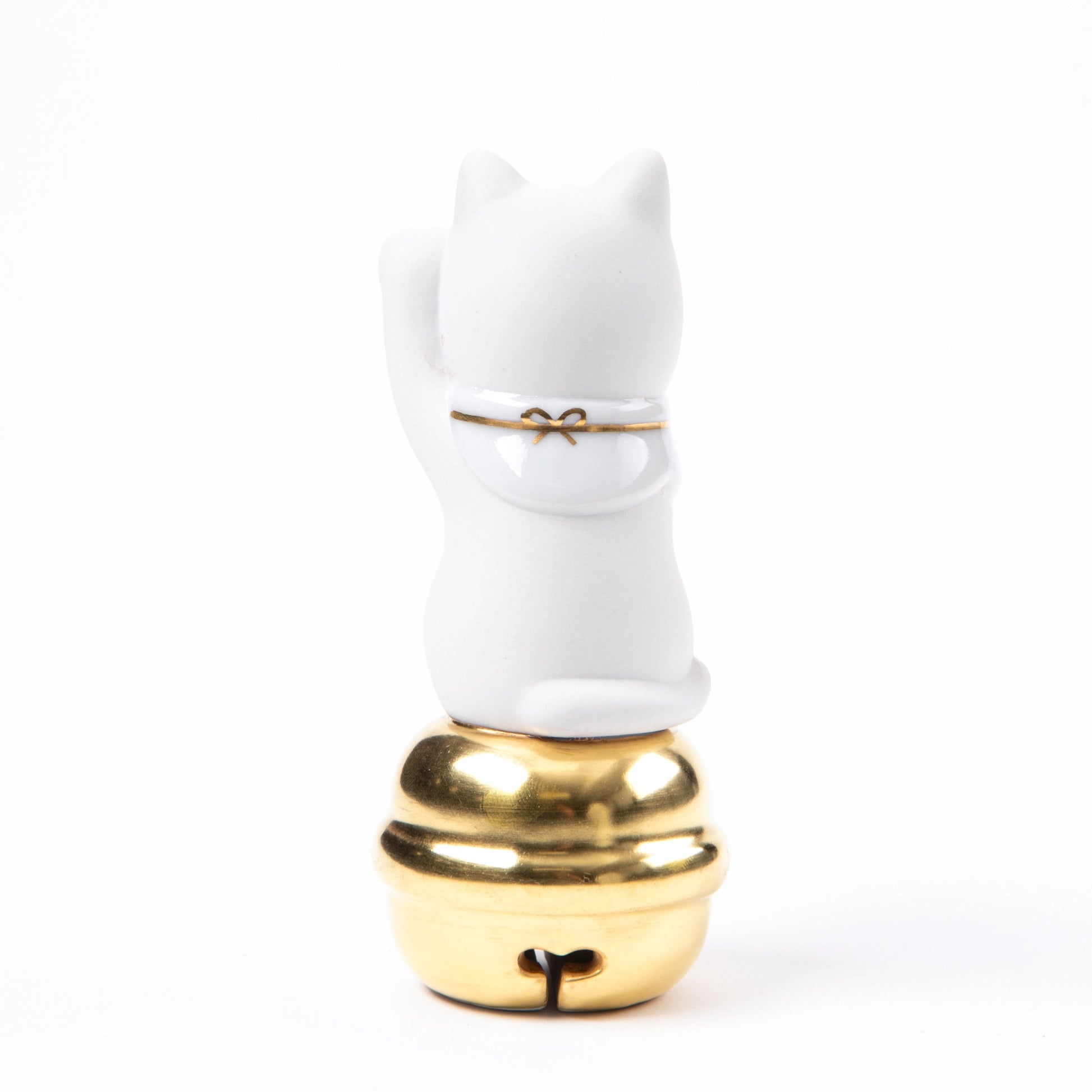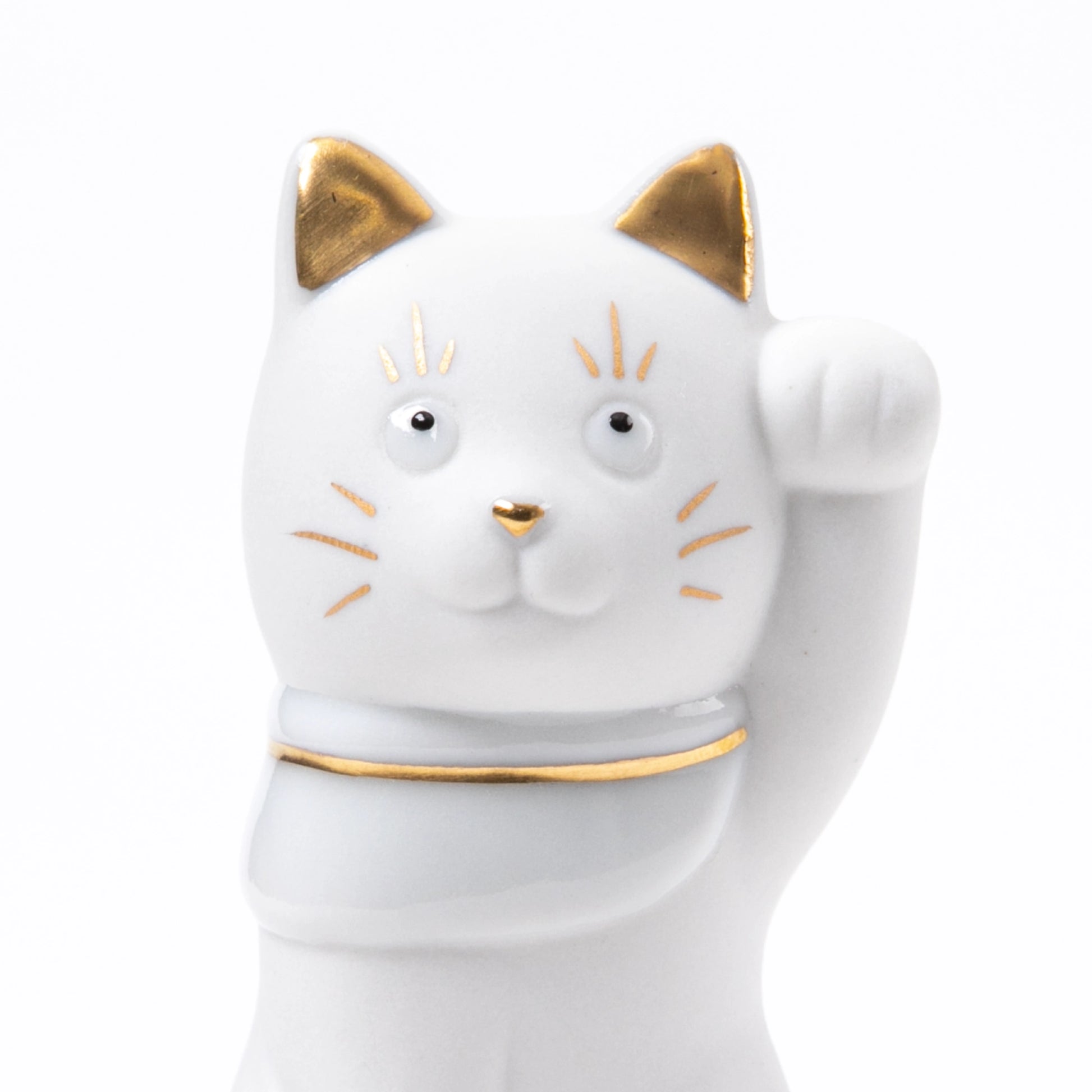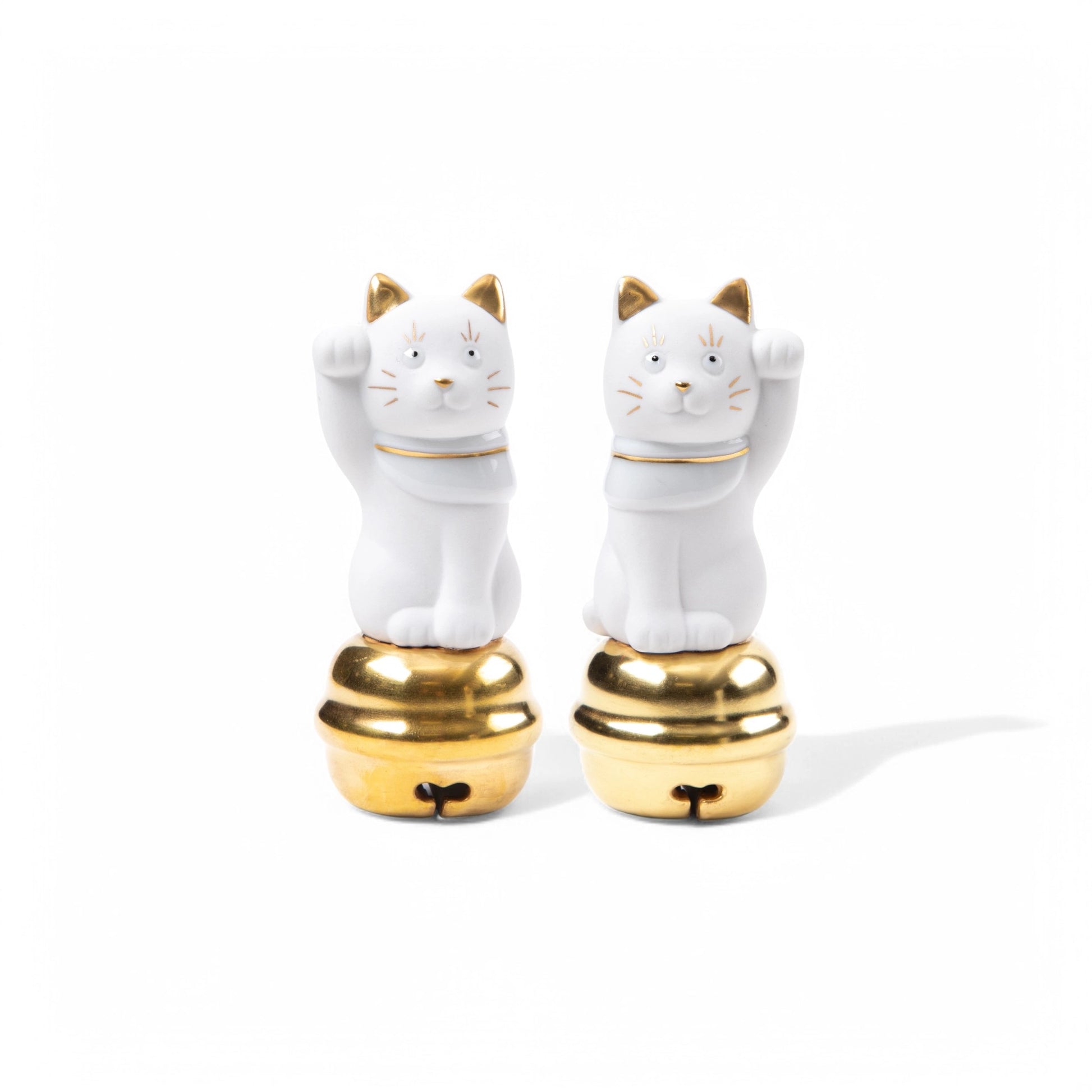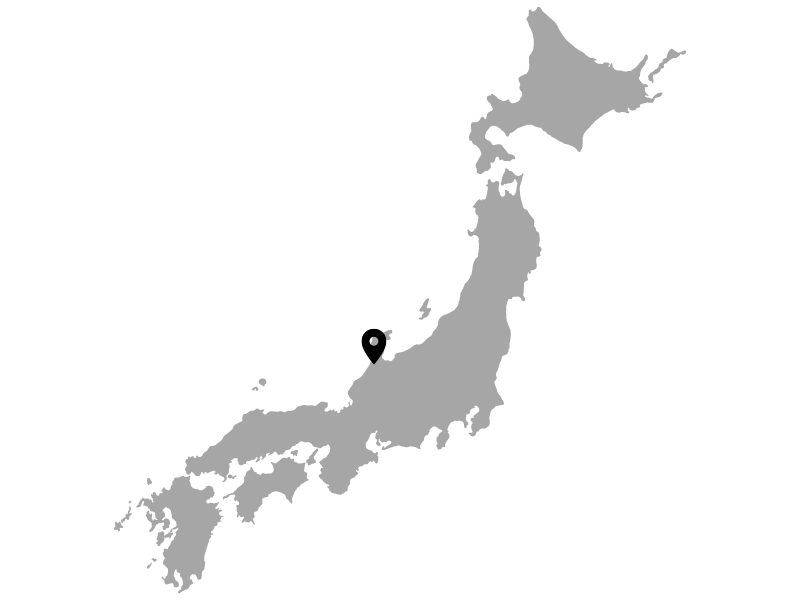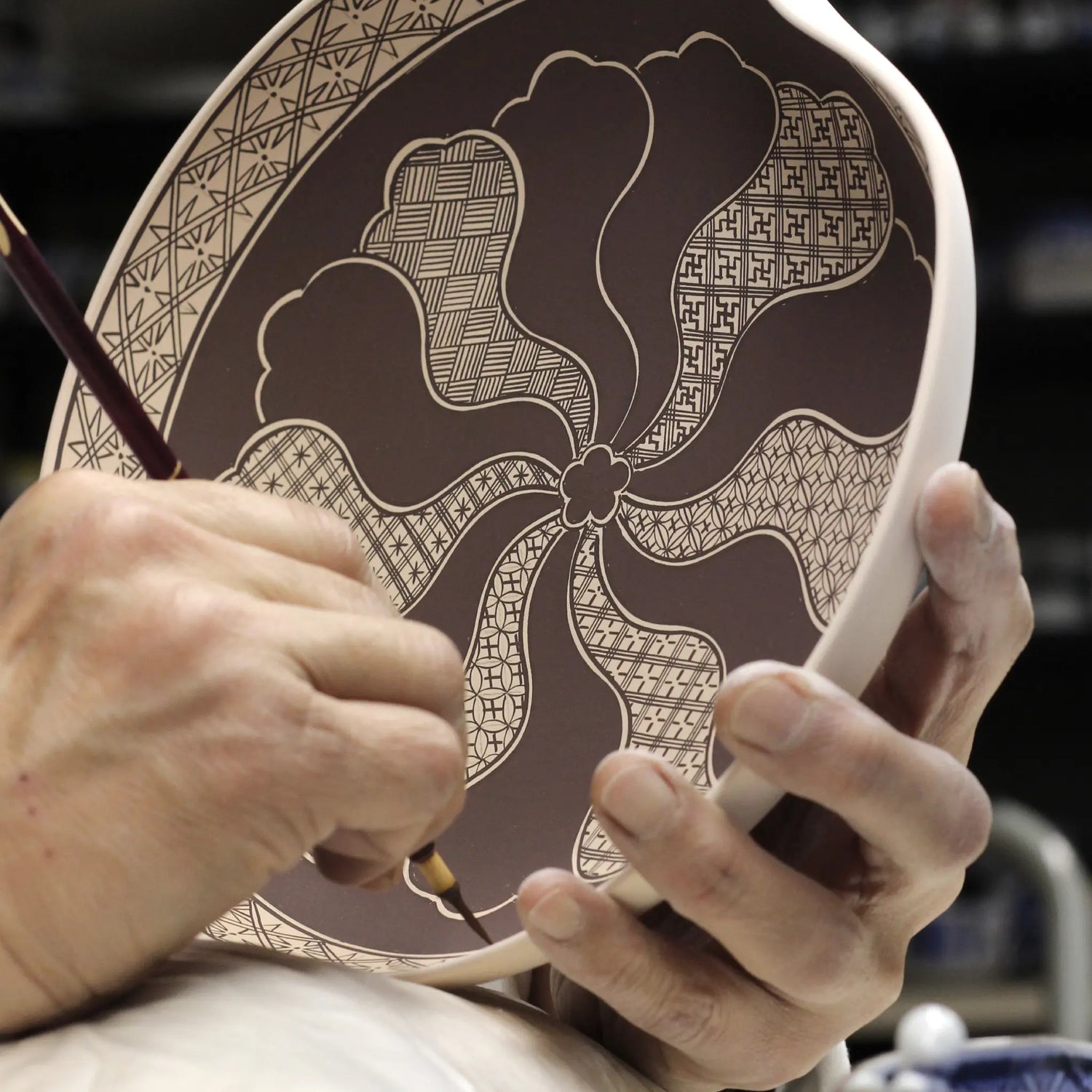Choemon Kiln Kutani Left Handed White Maneki Neko - Bell Rider
Choemon Kiln Kutani Left Handed White Maneki Neko - Bell Rider
Couldn't load pickup availability
The Choemon Kiln Kutani Left Handed White Maneki Neko – Bell Rider is a charming porcelain figurine that blends traditional Japanese symbolism with artisanal craftsmanship. Handcrafted by the skilled artisans at Choemon Kiln, this piece features a white Maneki Neko, or "beckoning cat," seated atop a bell. In Japanese culture, a raised left paw is believed to attract customers and bring good fortune, making this figurine an auspicious addition to any space.
The bell, also crafted from Kutani porcelain, emits a gentle chime when moved, adding an interactive element to the piece. The Maneki Neko is adorned with a simple yet elegant design, including a charming bow on its back, reflecting the kiln's dedication to both tradition and contemporary aesthetics.
Detail
Detail
Care & Use
Care & Use
- Check our tips for care & use.
